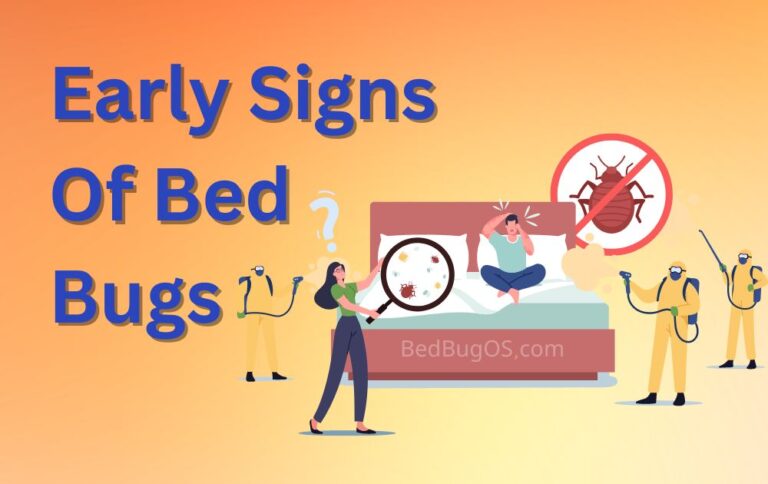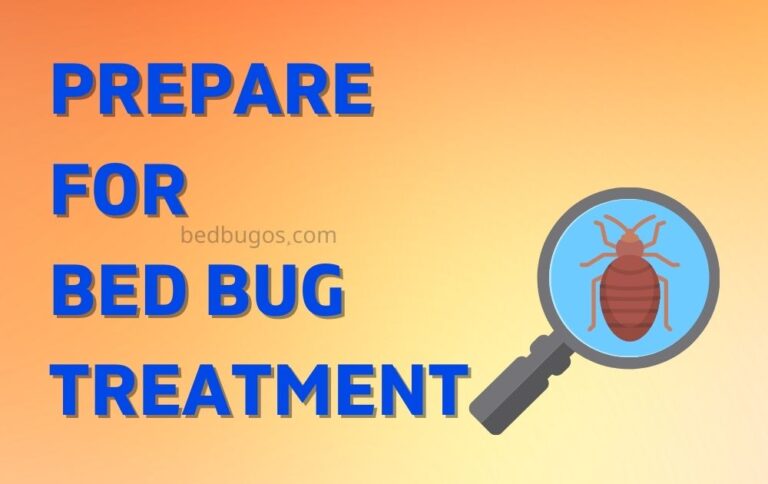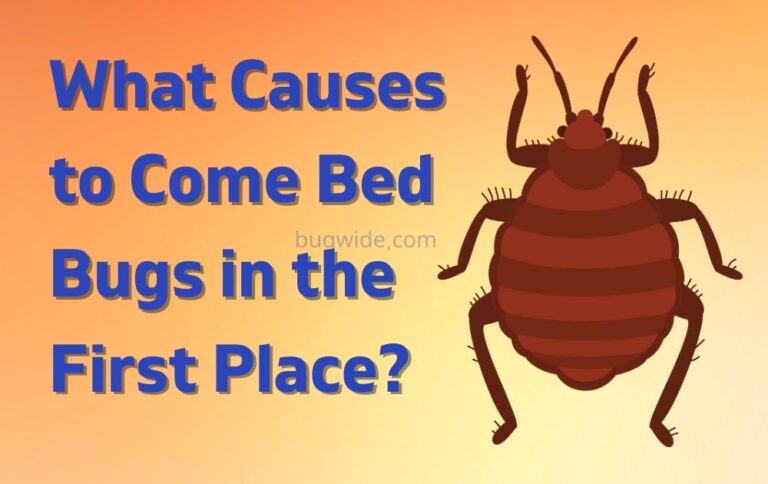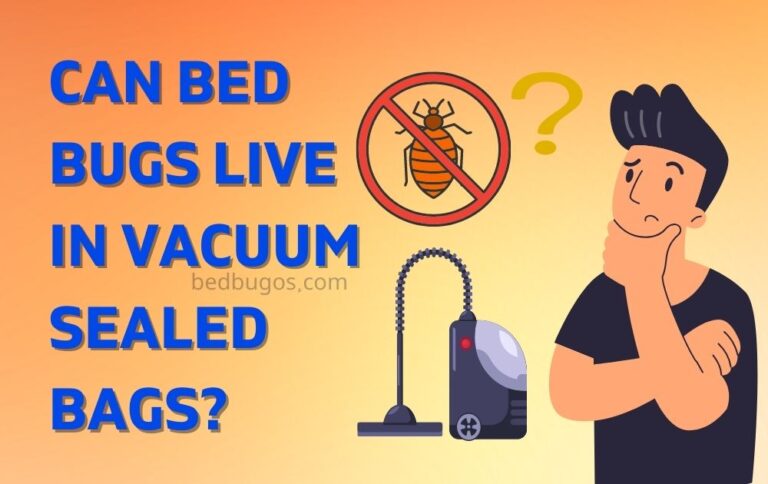Bed Bug Life Cycle? Life Stages Explained

If you’re here, you’re likely wondering just how long bed bugs can live and what you can do to eliminate them from your home. In this article, we’ll explore the lifespan of bed bugs and provide you with valuable insights into their behavior and habits. We’ll also share tips and strategies to help you eradicate bed bugs and prevent their return. If you’re dealing with a current bed bug infestation or simply want to be prepared for the possibility, we’ve got you covered. So, let’s dive in and learn everything you need to know about bed bug lifespan.!
Adult bed bugs typically live for about 4 to 6 months, while nymphs (immature bed bugs) can survive for several months before they reach adulthood. It’s important to note that bed bugs do not live on humans, but rather they live in the cracks and crevices of beds, furniture, and other areas where they can hide and feed on the blood of humans and other warm-blooded animals.
The bed bug life cycle:
Bed bugs have a typical insect life cycle from eggs to nymph and adult. Females lay eggs singly or in batches of up to 500. Nymphs go through five molt stages, taking a blood meal between each stage. Adults can live for more than 400 days without feeding.
Steps involved in Bed Bug Life Cycle:

Egg:
The life cycle of a bed bug begins when a female lays eggs. A female bed bug can lay up to five eggs per day and can lay a total of around 200 to 500 eggs in her lifetime. They lay their eggs in crevices and cracks, often in clusters. The eggs are small and white, about the size of a pinhead. It takes about 6-10 days for the eggs to hatch.
Nymph:
After hatching from the egg, bed bugs go through several stages of development known as nymphs. Nymphs are the immature stage of the bed bug and are small and pale in color. They are about the size of a poppy seed. In order to survive and grow, nymphs must feed on blood. They will go through several molts as they mature, and it takes about 5-6 weeks for them to reach adulthood.
Adult:
Adult bed bugs are fully grown and are about the size of an apple seed. They are reddish-brown in color and have a flattened oval shape. Adult bed bugs can live for several months to a year, depending on factors such as temperature and availability of food. They feed on blood every 5-10 days in order to reproduce.
How long do bed bugs live?
Bed bugs have three main life stages: egg, nymph, and adult. A bed bug begins its life as an egg. Nymphs are immature bed bugs that molt five times before becoming mature adults. An adult bed bug can live for about 10 months if it has a regular blood meal. Under starvation conditions, however, an adult bed bug has been known to live for more than a year without feeding. On average bed bugs can live 4 to 6 months.
Factors Affecting Bed Bug Life Span:
Temperature:
Bed bugs are most active at temperatures between 70-80 degrees Fahrenheit. They can survive in lower temperatures, but their metabolism slows down significantly and their lifespan decreases. In colder temperatures, bed bugs may enter a state of torpor, where they will stop feeding and reproducing until the temperature rises again. However, they can also die if exposed to extreme cold for prolonged periods of time. On the other hand, bed bugs will also die if exposed to temperatures above 113 degrees Fahrenheit for an extended period of time.
Food Supply:
Bed bugs rely on blood as their sole source of food, and they will feed on any warm-blooded animal, including humans. Without a consistent supply of food, bed bugs will not be able to reproduce and their lifespan will be shortened.
Access to Shelter:
Bed bugs need a place to hide and lay their eggs, and they prefer to do so in tight, dark spaces such as the crevices of a mattress or the cracks in a wall. Without access to shelter, bed bugs will be exposed to predators and environmental hazards, leading to a shortened lifespan.
Hygiene:
A clean environment can have a significant impact on the lifespan of bed bugs. Regular vacuuming and washing of bedding and other fabrics can remove eggs and young bed bugs, reducing the population and decreasing their lifespan.
Pesticides:
The use of pesticides can effectively kill bed bugs, but the type and amount of pesticide used can affect their lifespan. Some pesticides may only kill adult bed bugs, allowing eggs and young bed bugs to survive and eventually grow into adults. In order for pesticides to be most effective, it is important to follow the instructions and apply the correct amount to all affected areas.
Are bed bugs dangerous?
No, bed bugs are not known to transmit disease. However, they can cause other problems. Bed bug bites can cause itchy welts. People may have allergic reactions to bed bug bites, which can be severe. Bed bugs also can leave bloodstains on sheets and mattresses.
FAQ’s
Bed bugs need to feed every 5-10 days in order to survive and reproduce.
Bed bugs feed on the blood of humans and other warm-blooded animals such as cats and dogs.
No, bed bugs will not go away on their own. They are highly resilient pests that can survive for months without a meal, and they can reproduce quickly, so an infestation can grow rapidly if left unchecked.
Bed bugs can die naturally due to a variety of factors, such as old age, lack of food, and exposure to extreme temperatures.
Closing Remarks:
Knowing the bed bug life cycle and how long they live can help you better understand how to prevent and treat an infestation. Bed bugs can live up to a year, but their life span is usually much shorter. They can survive without food for up to a year, but they will die if they don’t feed regularly. To prevent an infestation, it’s important to regularly inspect your home for signs of bed bugs and take steps to eliminate them if you find any. With the right knowledge and prevention methods, you can keep your home free of bed bugs.

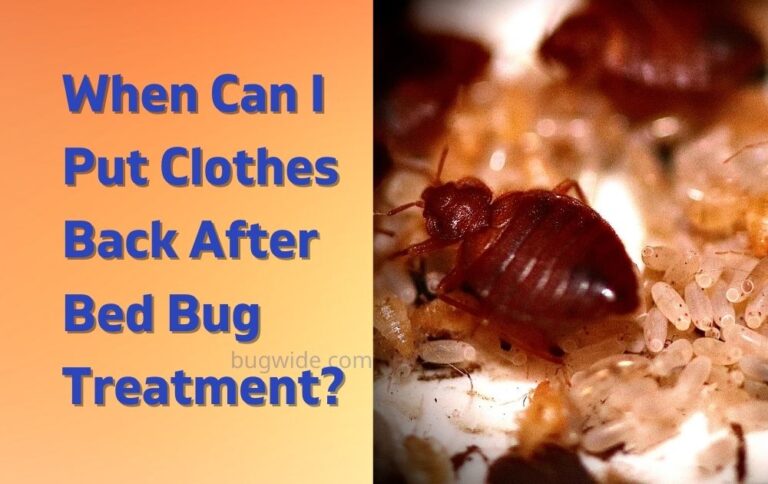
![What Scent Do Bed Bugs Hate? [5 Best Scents]](https://lyssfits.com/wp-content/uploads/2023/02/What-Scents-Do-Bed-Bugs-Hate-768x484.jpg)
